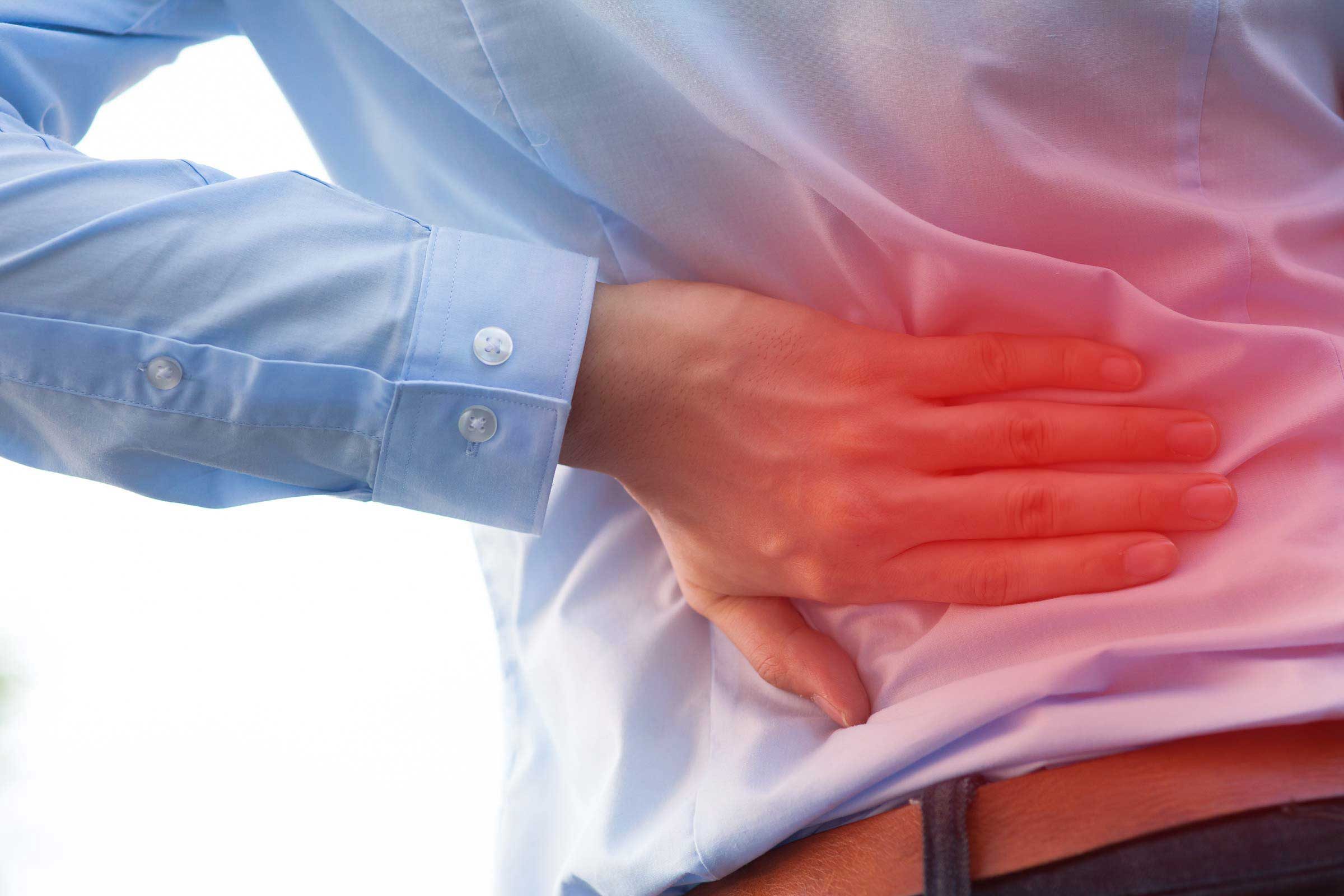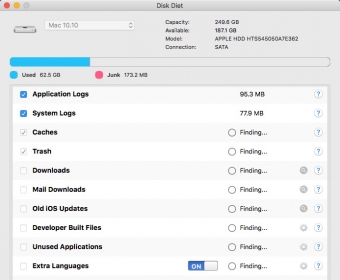Degenerative Disc Disease: Effective Diet and Food for Degenerative Disc Disease
Diet for Degenerative Disc Disease: What is Degenerative Disc Disease?
Ever experienced low back pain or neck pain? What you are feeling is probably degenerative disc disease, a set of symptoms that include radiating pain, weakness, numbness that stems from a degenerated disc anywhere in your spinal cord.
Herniated Disc Diet: Foods You Should Consume. Eat Collagen Rich Food– collagen-rich foods such as sipping on a hearty bone broth diet can help speed up the healing process of the affected area. This is because collage proteins make up about 30% of the dry weight of a bone. Diet for Degenerative Disc Disease: What is Degenerative Disc Disease? Ever experienced low back pain or neck pain? What you are feeling is probably degenerative disc disease, a set of symptoms that include radiating pain, weakness, numbness that stems from a degenerated disc anywhere in your spinal cord.
Dietpi Disk Space
Generally speaking, degenerative disc disease isn’t really a disease, but it is a term that is used to describe natural changes in your vertebral discs, such as the natural wear and tear as a result of aging. The vertebral discs in your spine are soft, compressible discs that act as natural shock absorbers for the spine. These discs allow your spine to bend, flex, and twist.
Degenerative Disc Disease can take place anywhere in your spinal column, but it usually occurs in the lumbar region and the cervical regions, namely in your lower back and neck areas respectively.
Degenerative Disc Disease is most often caused by age and the natural wear and tear of our spinal cord as a result of this aging.
Diet for Degenerative Disc Disease: Managing DDD
The overall health of your body directly mirrors how healthy your corresponding body parts are, and this is especially true of the relationship between your body and your spine. Your spine supports a majority of your body’s weight and acts as a guidepost to keeping your body straight and your posture erect.

Thus it is safe to say that how a healthy diet affects certain functions and parts of your body, it also affects the spine in the same way. This is why having a healthy diet for degenerative disc disease can help ease any pain you may feel from the condition.
A healthy diet should focus mainly on two things: Hydration and Oxygenation.
- Hydration- can be done by improving your hydration habits. This includes sipping water constantly throughout the day and making sure to increase the intake after any sort of physical activity or exercise. There should also be a decrease or an elimination in the intake or consumption of caffeinated drinks such as coffee, black tea, and sodas.
Alcohol consumption should also be minimized. This is because alcohol can cause dehydration and can also act as a downer or a depressant. Although it may be tempting to drink alcohol as a numbing agent for the pain, it can mess up any diet and self-treatment you are imposing on yourself, and can affect a wide range of functions in your body such as the quality of your sleep, the proper healing of your wounds, making unhealthy food choices, and affecting your motivation to exercise, thereby decreasing your overall health.
- Oxygenation- now this is not necessarily part of a diet in that it is not involved with any type of eating. But when you factor in nicotine consumption, whether in the form of candies, patches, gums, or cigarettes, is a big No-no in a healthy diet for degenerative disc disease. Smoking or nicotine of any kind can interfere with the proper healing and nutrition of your spine as it reduces or interrupts the amount of oxygen that flows into your spinal area.
Diet for Degenerative Disc Disease: Food Types you should eat
1. Calcium Rich Foods- Calcium-rich foods should be up there in the food you should eat to recover from degenerative disc disease. This is because calcium is one of the most prominent bone minerals out there. Calcium is found in many foods available today in the market such as:
- dairy products such as milk, yogurt, cheese;
- Oily fish such as sardines and salmon;
- Dark green leafy vegetables such as kale, spinach, bok choy and legumes and ;
- a whole lot of other foods that include almonds;
- Soy products such as tofu, soybean paste, and soya milk.
2. Magnesium Rich Food- magnesium is also a key mineral in your bones. Magnesium deficiency is sadly a common occurrence in today’s society and can affect your bone density and can cause back problems. Magnesium is found in foods such as:
- Green leafy vegetables;
- Fish
- Beans
- Seeds
- Nuts
- Whole Grains
- Yogurt
- Certain fruits such as avocados and bananas, and;
- Dark chocolate.
3. Proteins- also make sure to consume proteins, as they are a common ingredient in your bones that tend to be overlooked because of the focus on minerals. Proteins such as collagen and glucosamine play a key role not only in your bones but in the soft connective tissues that surround them.
- Collagen- can be found in animal bone broth soups

4. There are also vitamins that play a key role in your bone structure and should be included in every diet for degenerative disc disease such as:
- Vitamin D3
- Vitamin K2
- Vitamin C
- Vitamin B12
- Iron
Here are some tips:
Neck Pain Tips: Sleep with a cervical pillow
Orthopedic or cervical pillows are made with special contours to support the space beneath the neck and head. They are also more concave for the head and provide more support to the neck.

Neck Pain Tips: Sleep on your back
The best position to lie to sleep is on your back. If you sleep on your stomach or on your side, make sure your pillow is not too thick. It should raise your head no more than 4 to 6 inches. This will keep your neck and head from turning to either side.
Neck Pain Tips: Position your computer screen at eye level
While you are working at a computer, sit comfortably in your chair with your computer in front of you. Close your eyes and then open them. When you open your eyes, you should see the middle of the computer screen. If your gaze is not in the middle of the screen, adjust the height of the screen using items like books.
To keep your head from gradually drifting forward, take frequent breaks to stretch. Getting up to walk around at least once every half-hour is one of the best neck pain tips.
Neck Pain Tips: Use a telephone headset
Never hold a phone between your shoulder and your ear. Use a headset or other hands-free system to talk on the phone and avoid abusing your neck and spine.
Neck Pain Tips: Exercise your neck muscles
One of the best neck pain tips is using the chin tuck. You can do this often throughout the day. In addition to helping strengthen the muscles that hold the head in alignment over the shoulders, it also helps strengthen the scalene and sub-occipital muscles.
Read more tips here: Neck Pain Tips: Sleeping, Posture, Exercising, Hydration & Prevention
Read moreOne of the best treatment for neck pain and shoulder pain is exercises:
Neck Pain Exercises: Neck Extension
- To begin this neck pain exercise, sit up straight in a chair with your feet flat on the floor.
- Looking straight ahead, tuck your chin slightly (starting position)
- Place the palm of your hand on the back of your neck, at the base of your head
- Apply slight forward pressure with your hand, while resisting the forward motion of your neck and head
- Hold for a count of 5 and return to the starting position and relax
- Repeat the neck pain exercises 5-10 times
Neck pain exercises: Side bend
- Sit up straight in a chair with your feet flat on the floor.
- Looking straight ahead, tuck your chin slightly (starting position)
- Place your left hand, palm down, on the left side of your head (around your ear)
- Slightly push your head to the right side with your hand, while resisting the sideways motion of your neck and head
- Hold for a count of 5 and return to the starting position and relax.
- Repeat 5-10 times
- Repeat the neck pain exercises with the other side.
Neck pain exercises: Neck flexion
- Sit up straight in a chair with your feet flat on the floor.
- Looking straight ahead, tuck your chin slightly (starting position)
- Place the tips of your fingers on your forehead
- Slightly push your head backward with your fingers, while resisting the backward motion of your neck and head
- Hold for a count of 5 and return to the starting position and relax.
- Repeat the neck pain exercises 5-10 times
More exercises here: Neck Pain Exercises
Read moreHere are some tips:
Neck Pain Tips: Sleep with a cervical pillow
Orthopedic or cervical pillows are made with special contours to support the space beneath the neck and head. They are also more concave for the head and provide more support to the neck.
Neck Pain Tips: Sleep on your back
The best position to lie to sleep is on your back. If you sleep on your stomach or on your side, make sure your pillow is not too thick. It should raise your head no more than 4 to 6 inches. This will keep your neck and head from turning to either side.
Disk Diet Review
Neck Pain Tips: Position your computer screen at eye level
While you are working at a computer, sit comfortably in your chair with your computer in front of you. Close your eyes and then open them. When you open your eyes, you should see the middle of the computer screen. If your gaze is not in the middle of the screen, adjust the height of the screen using items like books.
To keep your head from gradually drifting forward, take frequent breaks to stretch. Getting up to walk around at least once every half-hour is one of the best neck pain tips. Openvpn gate.
Neck Pain Tips: Carry weight evenly
Many people make the mistake of carrying a heavy briefcase or their purse on their shoulder or on one side of their body. Doing this causes strain in the muscles and leads to pain.
Remove non-essentials from your briefcase or purse. Consider using a backpack to evenly distribute the weight across your shoulders. If you choose to carry a purse or backpack, keep your shoulders level while carrying it.
Neck Pain Tips: Maintain a proper posture
The most common posture contributing to neck pain is the “head-and-shoulders-forward” posture. In this position, the neck slopes forward, putting the head in front of the shoulders.
In this position, the head pulls the upper back forward also in a slumped position. This places a strain on the entire spinal column.
More tips here: Neck Pain Tips: Sleeping, Posture, Exercising, Hydration & Prevention
 Read more
Read more